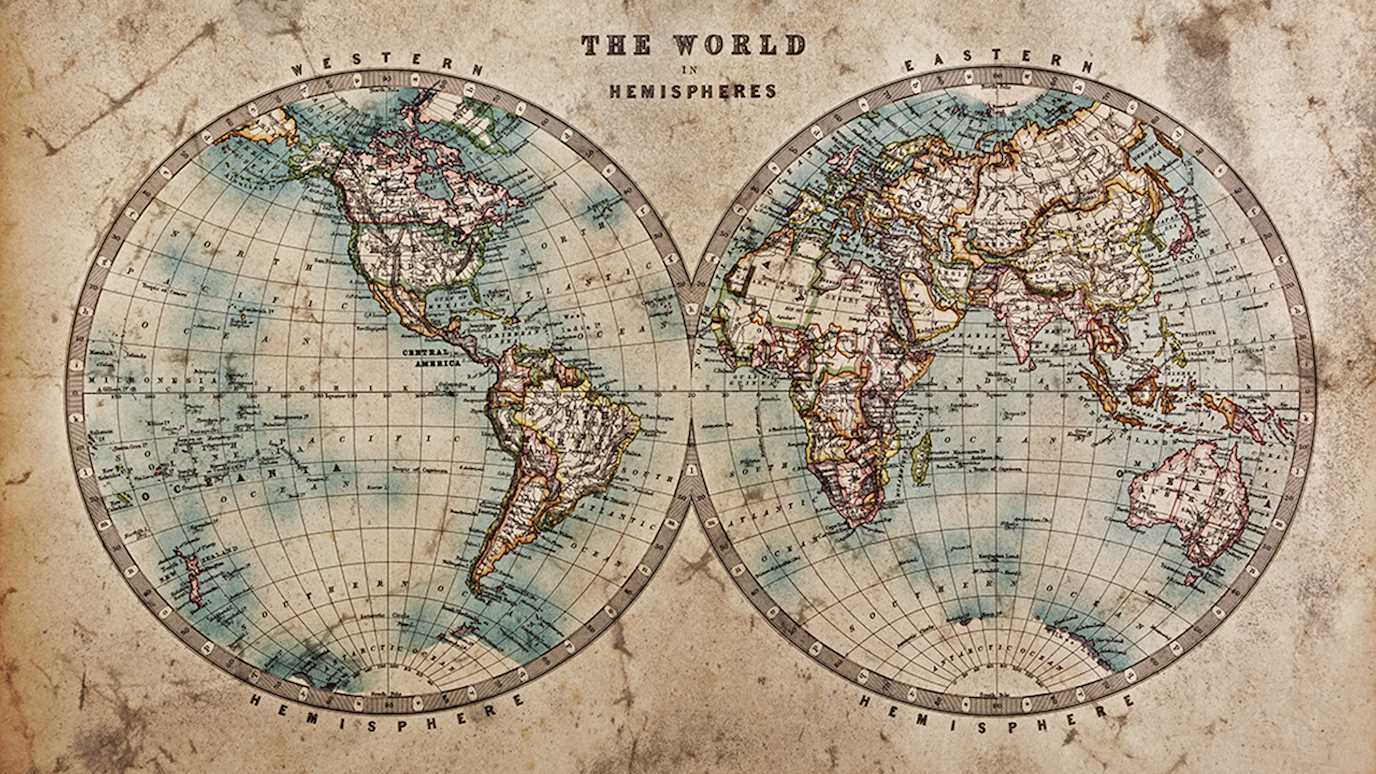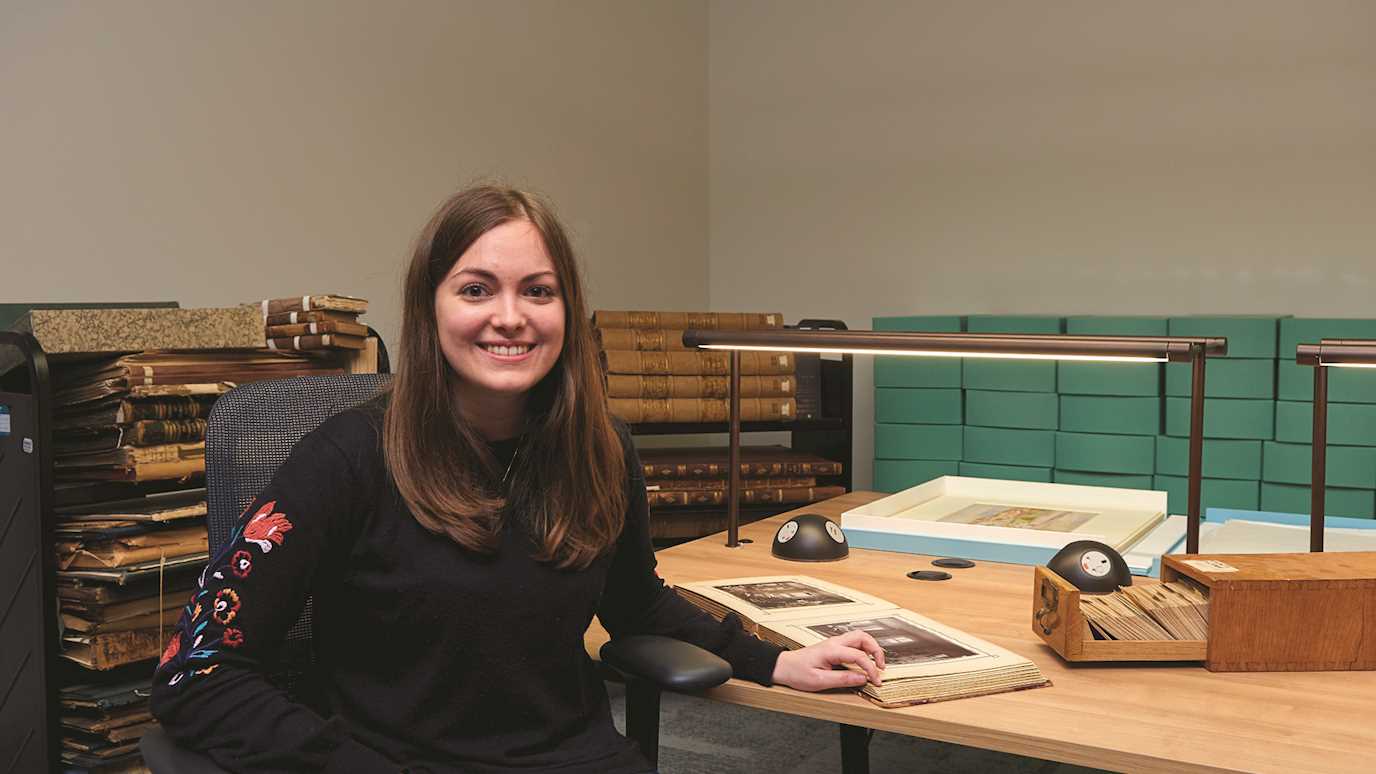The Irish language was central to Irish Nationalism and to political action in early nineteenth to twentieth century Ireland.
In my poster I wanted to communicate the direct connection that language has with politics, especially surrounding minority languages and specifically the Irish language: Irish culture and politics were inherently intertwined during the late nineteenth to twentieth century Ireland.
The pictures and colours that I used were to express the frustration that Irish people felt over British rule and how it didn’t matter if you were catholic or protestant, the whole country was united over the need for independence. I used the colours of the Irish flag to show this: the green represents catholics, the orange represents protestants, and the white shows the unity between these two groups, so I thought it was a good idea to mix these colours across the entirety of the poster to represent both the catholic and protestant nationalists. Two of the pictures I used also show the difference in who supported the movement; the top left image shows a GAA team who fought in the Easter Rising in 1916, and the bottom right is an image of famous nationalist Éamon de Valera after the Easter Rising when he was arrested. Irish people, such as the GAA team, were called upon by nationalists to join the uprising, and people who felt strongly about Irish culture did join. I feel like this image perfectly shows how Irish culture and politics strongly interlink; people felt so strongly about their culture and for wanting to express it that they were willing to join an armed uprising, and eventually be executed for it. The other two images that are on my poster I used to communicate how important the Irish language was both to culture and to politics. Language, especially minority languages, aren’t just about communication and expression of thought, they are an identity and show a culture. This is especially true to Irish. The picture on the bottom left is of a newspaper article from Colorado in America published around the Easter Rising, and the top right is of the declaration of independence issued to the people of Ireland calling for them to join the Easter Rising and fight for independence. The newspaper shows a more negative image of the rebels, describing them as ‘rioters’ and later branding the Irish language as ‘old world and unnecessary’. This shows the ignorance of many English and English supporting people and the politicisation of the language from that side. The declaration shows a love of the language though, the first line being written in Irish before any English, showing pride for their nationality and culture, and showing that English comes second. These images I believe show the significance of the language and how the role it played became very inflammatory.

























